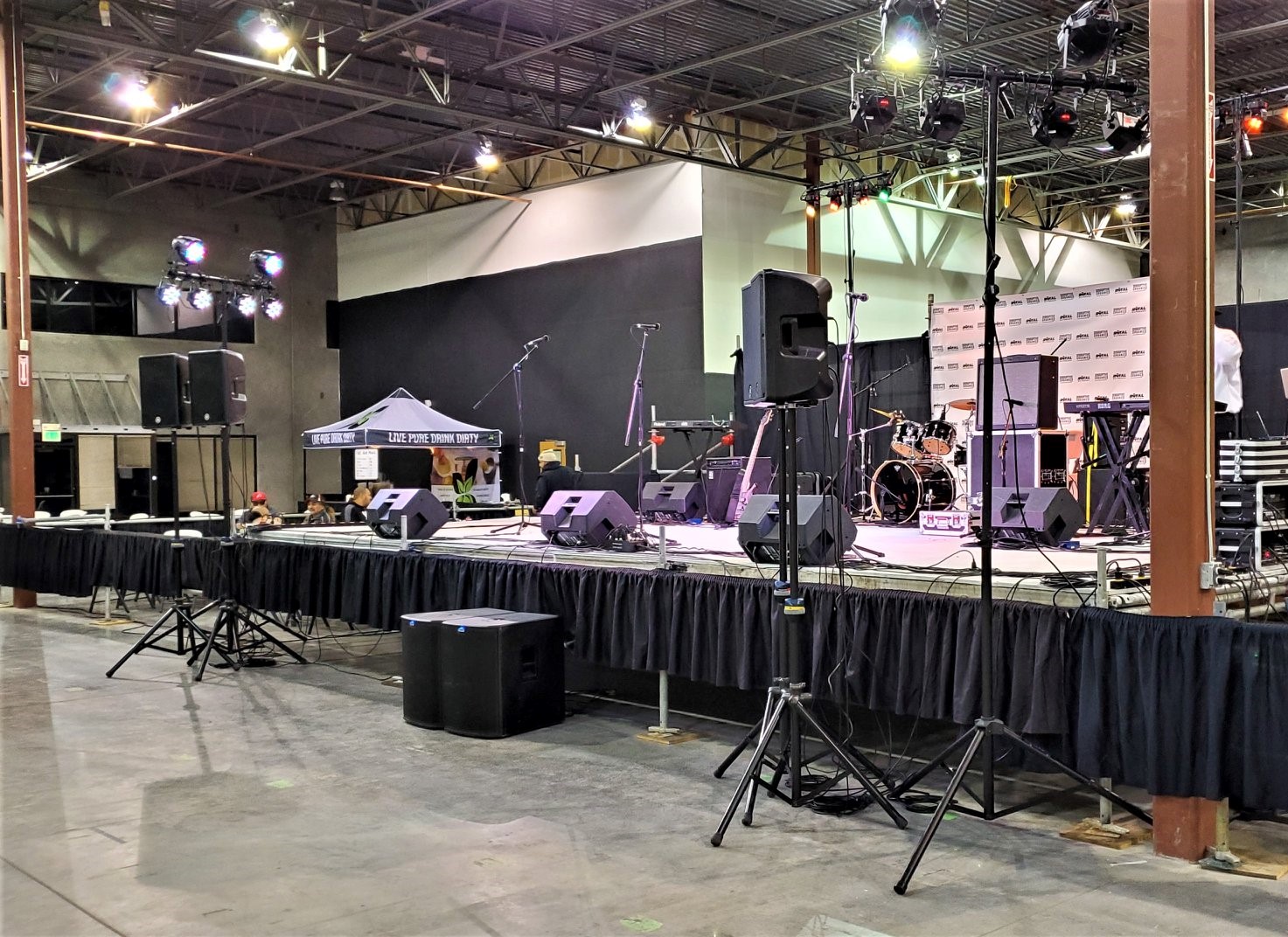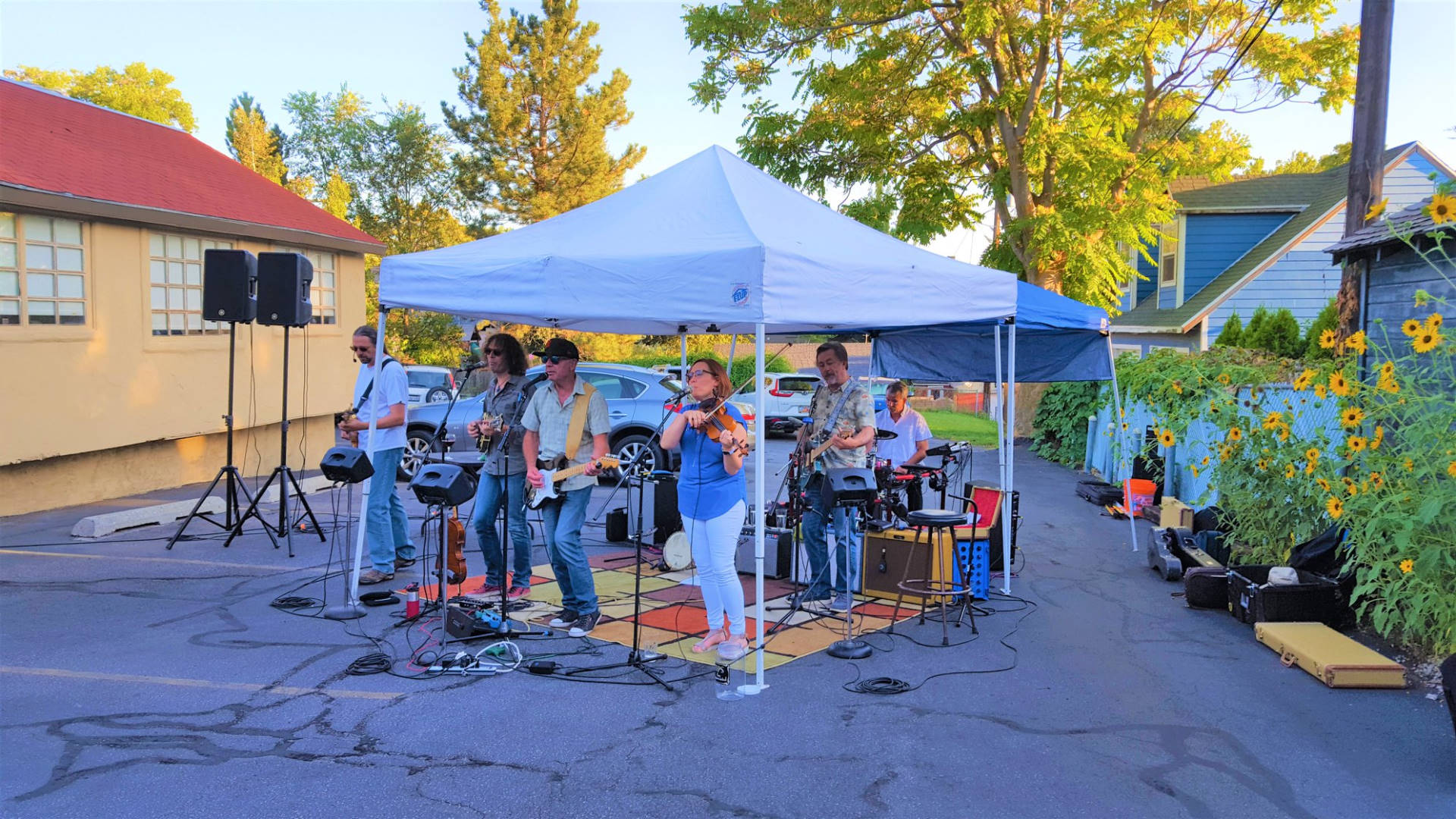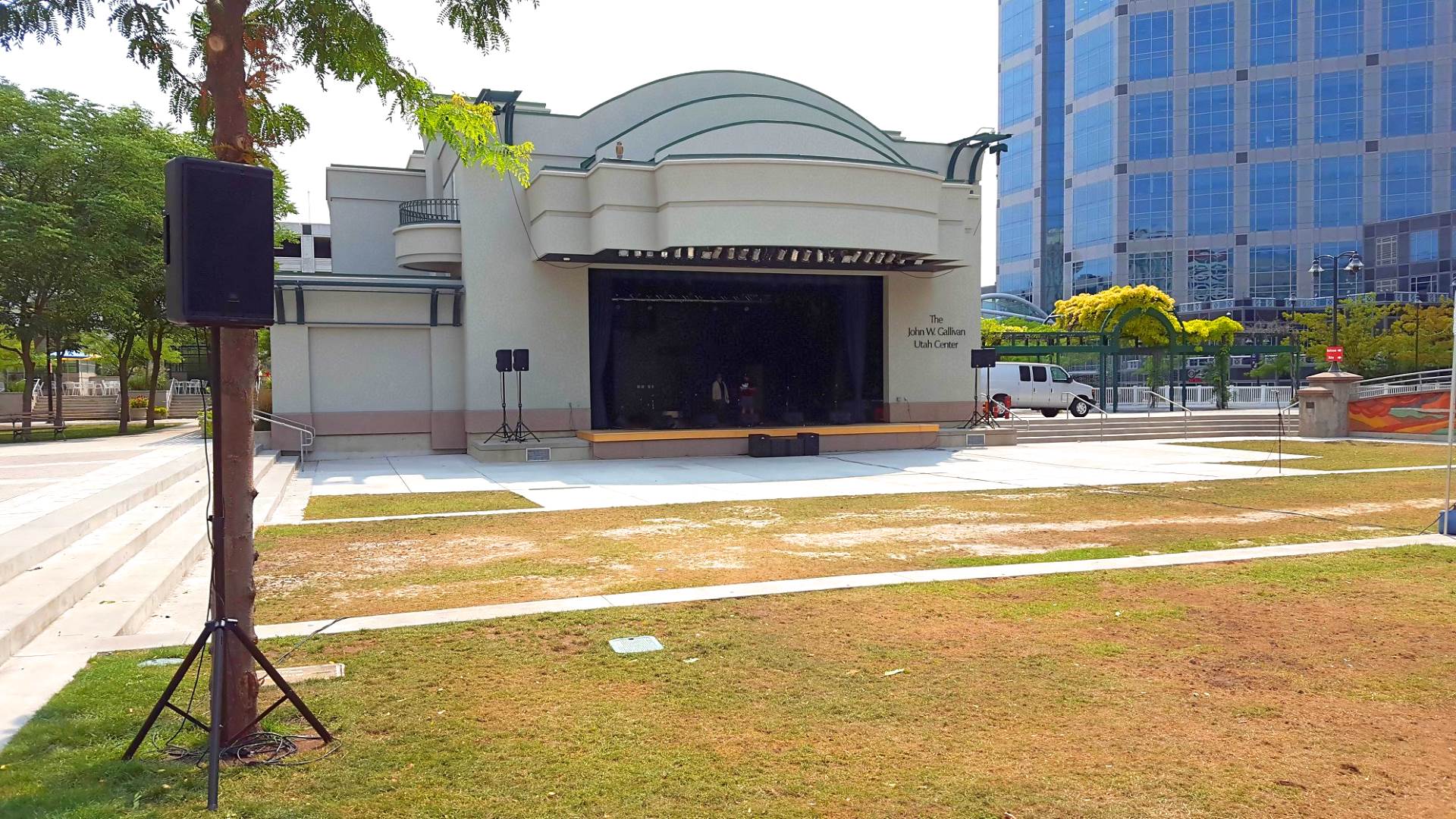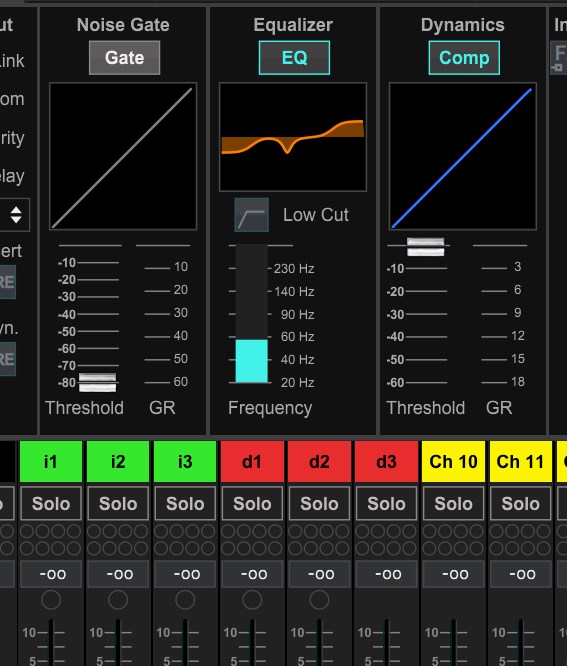Don’t launch with your fingers crossed.
Please Remember:
The opinions expressed are mine only. These opinions do not necessarily reflect anybody else’s opinions. I do not own, operate, manage, or represent any band, venue, or company that I talk about, unless explicitly noted.

 Want to use this image for something else? Great! Click it for the link to a high-res or resolution-independent version. This image was found on Pixabay: Space Shuttle
Want to use this image for something else? Great! Click it for the link to a high-res or resolution-independent version. This image was found on Pixabay: Space ShuttleThose “Master Class” things? Commander Chris Hadfield has one. I know, because I’ve seen the trailer. In that trailer, he says something that really got my attention: “No astronaut launches for space with their fingers crossed. That’s not how we deal with risk.”
Of course, without taking the class I don’t know exactly how that thought works out in the context of spaceflight. At the same time, it was intriguing to me because of how true it is for show production. We don’t manage risk with blind hope, and we don’t REACT to risk with a resigned sigh of “there’s nothing we can do about this.”
Or rather, my experience has taught me that we ought not to.
Dealing with show-production risk is not complicated. Indeed, I believe all risk management is handled by essentially simple steps that you take consistently. Those steps boil down to two things: You have to have an error margin, and you have to have a plan for using that margin.
If someone pressured me into picking a most essential risk-management element for audio and lighting, it would be on the error margin side and it would be time. In other words: Get there early. Get there early enough that you have time to react to the situation going sideways. I was once on a show where the equipment vendor sent us a wedge with a blown HF section. It wasn’t the greatest feeling in the world, but there was plenty of time to get a replacement driven over…because the crew was there early. If we had waited until an hour before soundcheck, we would probably have been up a creek.
Being early helps to solve so many problems. You have to rebuild your show file? You’ll have time. You need to run to a local shop for something that broke – or just to eat? You’ll have time. You need to deal with the inevitable change in plans, venue misconfiguration, cranky equipment, or deployment conundrum? If you’re early, you can take a second to think without anyone (including you) breathing down your neck.
The importance of being early is so high that one of my major annoyances in this job is schedule compression. Compacting a production schedule is the opposite of what needs to happen, folks. It’s a risk injection when what we need is mitigation.
Physical margin is the state of having spares with you. Again, this is the concept of error margin, but in the physical domain. Bring more mics than you need, and more stands. I almost always have far more XLR cables than I need to get the job done, and so I’m totally relaxed if one’s been mangled. I’m lucky enough to have a surplus of consoles, so that in most situations one could completely die and the show wouldn’t change at all. If you can’t have a whole duplicate mixing desk, at least have something you can use. In any case, excess gear reduces risk considerably.
And files! Dear heavens, if you’re using show or scene files, have them sit in a couple of different places. If your main console dies and it’s the only thing with a copy of the show setup, you are in real trouble. Make copies. Carry a USB stick you can use to recover from.
Then there’s the disaster plan, which is your mental map of how to use your error margin…or create just enough error margin to survive. Your disaster plan doesn’t have to be written, but you do need to have an outline of how to deal with a major failure. For instance, with a spare console sitting in my mix rack, I know that if the main console dies I’ll need to repatch the stage boxes and remote control connection, and then load in my show file (that I kept on a USB stick separate from the main console, SEE HOW THIS WORKS)? I know that, if a moving-head gets fouled in a power cable, I can remove it from show playback along with its mate on the other side of the stage. Then, I can continue on with a slightly reduced, but still symmetrical lighting design until we get a chance for a fix. (This happened to me a few months ago.) It’s good to have a sense of what’s non-essential in the show, and how those non-essentials can fill in for a failed essential. That drum overhead line might just be your salvation if the lead guitar channel fails utterly. Sure, the drums won’t sound as good, but you’ll still have the other drum mics and your lead guitar. Know which channels you can sacrifice to get through, even if it’s by the skin of your teeth.
An interesting element of all this is how margin and planning exist in a feedback loop. Your plan is also part of your margin, because having even a rudimentary idea of how to handle an emergency reduces your need to think up a novel solution in the midst of the chaos. Having the plan means, in a way, that you showed up to the emergency early. Heck, you showed up to the emergency before the emergency did! Really, it’s all about “The Law Of Conservation Of Effort,” which I wrote about years ago.
So, get what margin you can, and think of how to use it when necessary.
And never launch with your fingers crossed again.








